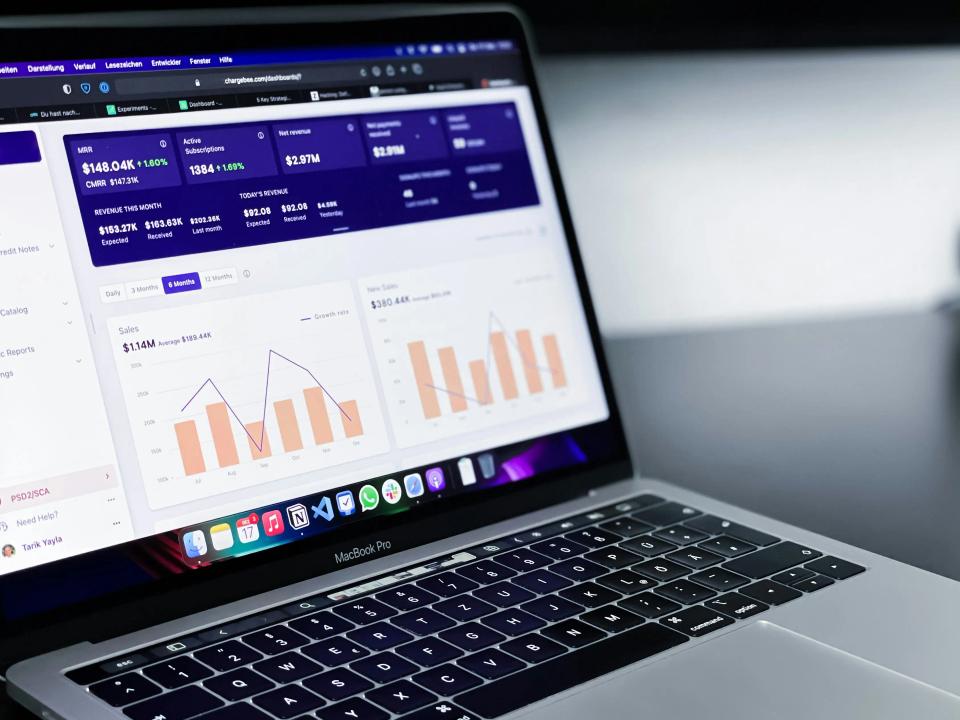Imagine this. You’ve just built a stunning skyscraper. The architecture is breathtaking, the interior is luxurious, and the view from the top is unparalleled. But deep in the basement, the foundation is cracked, the wiring is faulty, and the plumbing is a mess.
That beautiful skyscraper is your website without a solid technical SEO foundation. It might look impressive on the surface, but it’s at risk of crumbling into digital irrelevance. It’s a catastrophe waiting to happen, leaving you powerless and invisible in a crowded market.
A technical SEO audit is the blueprint for that foundation. It’s a comprehensive health check for your website’s backend, ensuring it’s not just beautiful, but powerful, secure, and built to dominate. This guide will walk you through the exact steps to diagnose and fix the critical issues holding you back, transforming your site from a fragile facade into an unbreakable digital fortress.
Pre-Audit Prep: Assembling Your Toolkit
Before you can diagnose the problem, you need the right instruments. Going into an audit unprepared is like a surgeon walking into the operating room without a scalpel. You’ll be overwhelmed by data and unable to make the precise cuts needed for a successful outcome.
Your first step is to assemble your diagnostic toolkit. Start with Google Search Console, your direct line to Google itself. It reveals exactly how the search engine sees your site, from indexing status to critical security alerts. Next, you’ll need Google Analytics to understand how users behave on your site; sudden drop-offs on certain pages can often point to hidden technical glitches. According to a survey by Aira, nearly 95% of SEO professionals use Google Search Console, making it an indispensable starting point for any serious audit.
To dig deeper, you need a site crawler like Screaming Frog or the audit tools within Ahrefs and Semrush. These are your digital detectives, meticulously scanning every page for errors. Finally, arm yourself with page speed testers like Google PageSpeed Insights and GTmetrix, along with Google's Rich Results Test to validate your structured data. With this toolkit, you’re ready to uncover the truth about your website's health and follow a structured and precise approach to technical SEO audits that prevents data overload and ensures efficiency.
Phase 1: Crawlability & Indexability – Can Search Engines Find You?
Here’s the brutal truth: if Google can’t find and understand your website, you don’t exist. All the money you’ve spent on beautiful design and compelling content is wasted if search engine crawlers can’t access it. This phase is about ensuring the doors to your digital skyscraper are wide open for business.
Your first stop is the robots.txt file. This simple text file acts as the gatekeeper for search engine bots, but a single incorrect Disallow directive can accidentally make your most important pages invisible. Next, analyze your XML sitemap—the treasure map you provide to Google. Ensure it’s correctly formatted, submitted in Search Console, and free of errors or non-indexable URLs that waste Google’s time and resources.
From there, dive into the "Pages" report in Google Search Console. This is your official report card from Google, detailing which pages are indexed and which are not, along with the reasons why. Finally, audit your site architecture. A logical, shallow structure where key pages are accessible within three clicks from the homepage is crucial for both users and crawlers. A well-planned site structure is a core component of crawl budget optimization and XML sitemap coverage, ensuring search engines can efficiently discover all your valuable content.
Phase 2: The Security Audit – Building a Digital Fortress
In today’s digital world, security isn’t just an IT problem—it’s a fundamental pillar of trust, authority, and SEO. A security breach can destroy your brand’s reputation overnight, and Google actively penalizes sites it deems unsafe. This audit phase is about transforming your website from a vulnerable target into an impenetrable digital fortress.
Start with the non-negotiable: verify that your entire site uses https://. An active and valid SSL certificate is the digital padlock that tells users and search engines your site is safe, and Google has confirmed it as a ranking signal since 2014. Then, use your crawler to hunt for mixed content issues, where insecure (http://) resources like images or scripts are loading on a secure (https://) page. These small cracks in your armor can compromise the security of the entire page.
Next, check for outdated software. Your CMS, plugins, and themes are the most common entry points for malicious attacks. Keeping them updated is like locking the back door to your business. This is why CaptivateClick’s Security & Updates service is so critical for our partners. Finally, check the "Security Issues" report in Google Search Console for any red flags. Following SEO best practices with a strong emphasis on security is essential for protecting your digital assets and maintaining user trust.
Phase 3: Performance Optimization – Delivering a World-Class User Experience
Speed is everything. In a world of shrinking attention spans, a slow website is a death sentence for engagement and conversions. Google knows this, which is why site speed and user experience are now critical ranking factors. A staggering 47% of consumers expect a web page to load in 2 seconds or less, making performance optimization a top priority.
Your primary focus should be on Core Web Vitals (CWV). Use PageSpeed Insights to assess your LCP (loading performance), INP (interactivity), and CLS (visual stability). These metrics tell you how quickly your page becomes usable and how stable it is during the loading process. A poor CWV score signals a frustrating user experience that Google will not reward.
Next, hunt for performance bottlenecks. Oversized images are often the biggest culprit, so ensure all images are compressed and served in next-gen formats like WebP. Review your code to minify CSS, JavaScript, and HTML, effectively trimming the fat from your files. Finally, ensure browser caching is enabled and you’re using a Content Delivery Network (CDN) to deliver content faster to users around the globe, a key part of CaptivateClick's Hosting & Maintenance services. Mastering these elements is key to optimizing website performance with advanced technical SEO tactics.
Phase 4: Advanced On-Page Technical Elements
You’ve built a strong, secure, and fast foundation. Now it’s time for the finishing touches that signal true mastery to search engines. These advanced technical elements help Google understand the context, purpose, and relationship between your pages, giving you a decisive edge over the competition.
Begin by auditing your canonical tags. These tags are crucial for preventing duplicate content issues, especially on e-commerce sites with product variations, by telling Google which version of a page is the "master copy." Then, use the Rich Results Test to validate your structured data (schema). Correctly implemented schema allows you to "speak Google's language," making your site eligible for eye-catching rich snippets that can dramatically increase click-through rates. For a deeper dive, explore our guide on implementing schema markup for enhanced technical SEO.
If you operate internationally, checking your hreflang tags is essential. These tags tell Google which regional or language version of a page to show to users, ensuring a seamless global experience. Finally, use your crawler to find and fix broken links (404 errors) and long redirect chains. These are digital dead ends that frustrate users and waste your valuable crawl budget. Addressing these common issues such as broken images, indexing blocks, and crawl errors is a critical final step in polishing your site's technical health.
From Audit to Action Plan
You now have the blueprint. You’ve audited your site’s crawlability, fortified its security, supercharged its performance, and refined its on-page technical signals. But an audit is only a diagnosis; the real value comes from the cure. It’s time to turn these findings into a prioritized action plan.
Start with the most critical issues first. A site-wide indexing block is a five-alarm fire that needs immediate attention, while minifying a single CSS file can wait. Group similar tasks together and work through your list methodically, transforming each identified weakness into a new source of strength. This is how you build sustainable, long-term digital growth.
A thorough technical SEO audit is a complex process, but it's the bedrock of a winning digital strategy. At CaptivateClick, our strategic approach combines technical precision with captivating design to ensure your website is not only secure and high-performing but also built to convert.
Ready to build a powerful foundation for your brand? Contact CaptivateClick today for a comprehensive website audit and let our global experts unlock your site's full potential.













